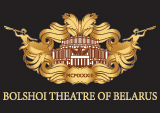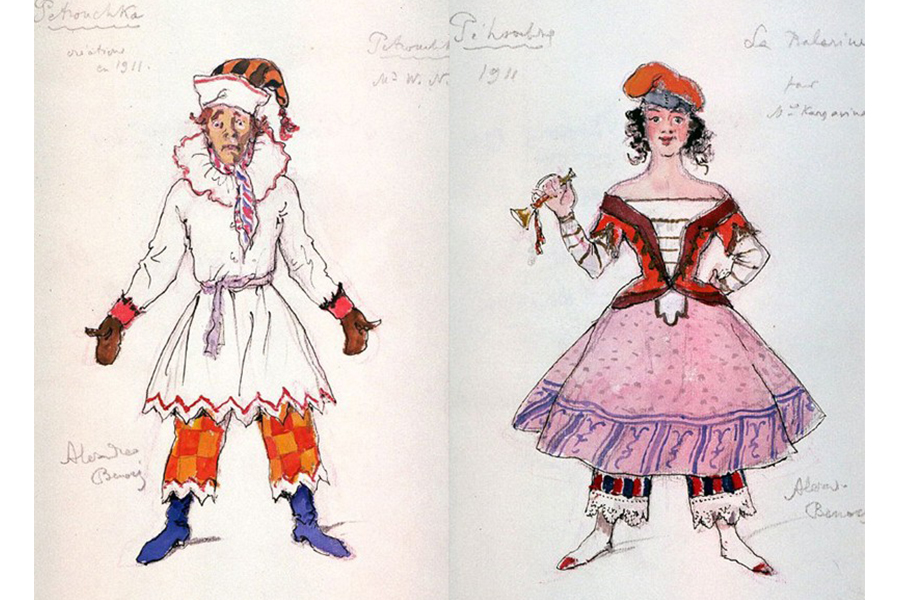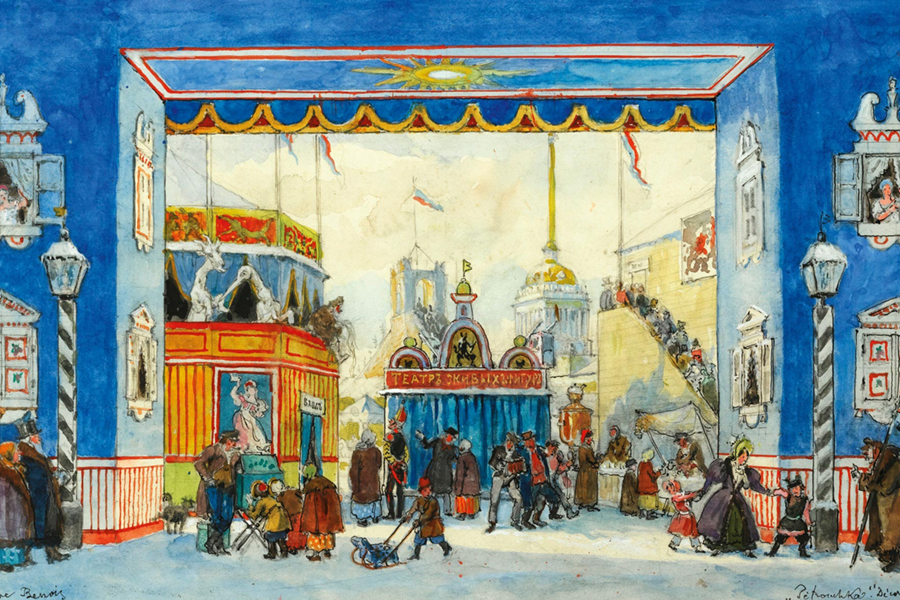 Bolshoi Theatre of Belarus
Bolshoi Theatre of Belarus
Bolshoi Theatre of Belarus
Bolshoi Theatre of Belarus
 Bolshoi Theatre of Belarus
Bolshoi Theatre of Belarus
Bolshoi Theatre of Belarus
Bolshoi Theatre of Belarus
This legendary production was first performed in the programme of Sergei Diaghilev's ŌĆ£Russian SeasonsŌĆØ at the Th├®├ótre du Ch├ótelet on 13 June 1911.
The theme of the future performance arose in the creative imagination of the composer Igor Stravinsky: ŌĆśI wanted to have fun composing the music for orchestra, where the piano would play a predominant role. When I composed this music, I imagine a toy dancer, who suddenly got loose and brings out of patience the orchestra by his cascades of devil's arpeggios. And the orchestra, in turn, responds to him with threatening fanfare. A battle ensues. And it ends with drawling complaint of a tired dancer. Having finished this strange piece, I spent hours walking along the shore of Lake Geneva, trying to find a name that could express the nature of my music, and therefore the image of my character, in one word. And one day I suddenly jumped in joy: "Petrushka "! He is the constant and unhappy character of all fairs and all countries!ŌĆÖ
StravinskyŌĆÖs music immediately drew attention of Sergei Diaghilev. Russian artist, art historian, founder and chief ideologist of the association Mir iskusstva (World of art) Alexandre Benois was the designer and wrote the libretto for this performance.
Choreographer Michel Fokine started to work on the production when the libretto and music were almost ready. ŌĆśFrom the very beginning of my work I've put in a condition : complete freedom of the composer,ŌĆÖ Fokine wrote. ŌĆśLet him express his feelings freely. Earlier choreographers asked: ŌĆś16 beats, 16 more and 16 moreŌĆÖ. And as a result we had a male variation. I hate this approach to the making of music. I expected scenes, images, characters from the composer. And new ballet, in particular new music, was created due to this idea of "the composer's freedom". When the music became free, it became richer. And the dance itself became richer.ŌĆÖ
The premiere of Petrushka was a great success. In the brilliant creative union of Igor Stravinsky, Michel Fokine and Alexandre Benois a masterpiece was born. And it became one of the symbols of Russian culture. The leading roles were performed by Vaslav Nijinsky (Petrushka) and Tamara Karsavina (Ballerina).
In the 1990s the People's Artist of Russia, outstanding dancer of our time, one of the most popular directors and producers of Russian ballet Andris Liepa worked on Petrushka for the first time. And for 25 years he has staged more than thirty productions of this ballet around the world. In the Belarusian opera and ballet theatre Petrushka is staged for the first time.
ŌĆśWhen I come up with an idea of making a new version of Petrushka,ŌĆÖ Andris Liepa told me, ŌĆśI met with Michel FokineŌĆÖs granddaughter, and she gave me some materials, including the clavier with choreographerŌĆÖs notes. There were also records of Petrushka, because this performance has always been in the repertoire of Western theatres. Petrushka was performed in the Palais Garnier and American Ballet Theatre. Till 1942 Michel Fokine lived in New York and this performance, as well as his Les Sylphides, was staged at the Metropolitan Opera. So I tried to do my productions as close as possible to FokineŌĆÖs productions.ŌĆÖ
The musical director is the Honoured Artist of Ukraine Viktor Ploskina, designer is Anatoly Nezhny (Russia) and lighting designer is Nina Ivankina.
┬Ā
┬Ā

 ┬Ā
┬Ā